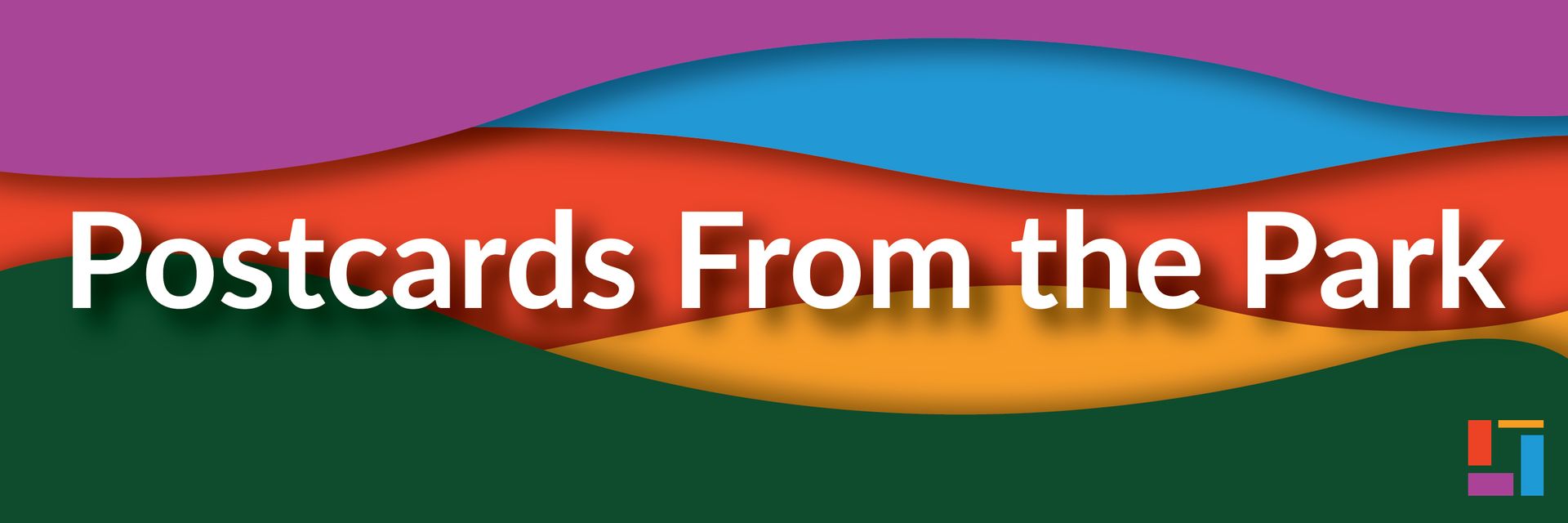
Brownfields:

How we’re turning wasteland into wonderland at Origin Park
Origin Park’s Kristin Faurest recently took a walk in the park with our environmental consultant, Michael Yergin of Indianapolis-based SME, to talk about how we’re going to turn landfills into park spaces, thanks to an EPA Brownfields multi-purpose grant.
KF: We’re walking around the perimeter of two landfill sites on what will eventually become part of Origin Park. Michael, what are we looking at?
MY: We are looking at two inactive open dumps. Both sites were developed as agricultural land into at least the 1950s and by the 1960s had been mined for soil, sand, and gravel, likely to build the local levee system. The sites sat mostly dormant until the 1980s when we suspect backfilling began. Based on the limited records we have, these sites were primarily used to dispose of construction and demolition debris along with soil, concrete, and asphalt.
KF: The first step is assessment. How do you understand what the remediation work will need to involve?
MY: We first need to have a clear picture of the end goal, then we can tailor our assessment and remediation strategies from there. If the finish line is a park, then the “race” (i.e. regulatory standards) will look significantly different than if we want to build a neighborhood. First, we attempt to delineate the boundaries of the waste, for which we have a pretty good start. We can do this through exploratory excavations, various drilling techniques and drone surveys. After that, we move into a more rigorous assessment methodology of the vertical waste delineation as well as the collection of soil and groundwater samples.
KF: Once you’ve got the assessment done, what happens then?
MY: Given the geographic constraints, some material will likely need to remain in place, and some may need to be transported to a permitted landfill. If we can segregate the material into units, demonstrate through sampling that individual units are comprised of uncontaminated soil and debris, and receive regulatory support, the material can be reused as clean fill for entry roads, parking lots, or other structural features. This could result in a significant economic benefit to the park and embraces the environmental stewardship principles that Origin Park is modeling in the region.
KF: What are some of the standard practices for turning a landfill into a park?
MY: Former landfills are generally characterized as open green spaces since the proper closure protocols usually include the construction of an earthen cap to prevent rain or snow from getting into the landfill, and prevent direct contact between the fill material and people or wildlife. The constructed cap will typically have a vegetative cover of grasses that would give the area the appearance of a meadow or field.
KF: Why is this work so important?
MY: We frequently see communities that don’t have the funding or the expertise to clean up or assess impacted sites on their own. The EPA Brownfields Program offers a funding mechanism and technical and redevelopment assistance. Without this assistance many of these underutilized landscapes would sit as vacant eyesores for years, potentially posing health threats to the surrounding communities. Origin Park is a prime example of how the Brownfields Program can be a catalyst for changing a forgotten and neglected landscape into something that will be valued by a community for generations. I’m excited that such a large urban population will have a place to enjoy the natural environment and the opportunities that it will bring.
KF: Thanks, Michael. We look forward to seeing these former dumps become great new green spaces for our community!
Photos of landfills slated to be future park sites by Melissa Holst and Kristin Faurest


